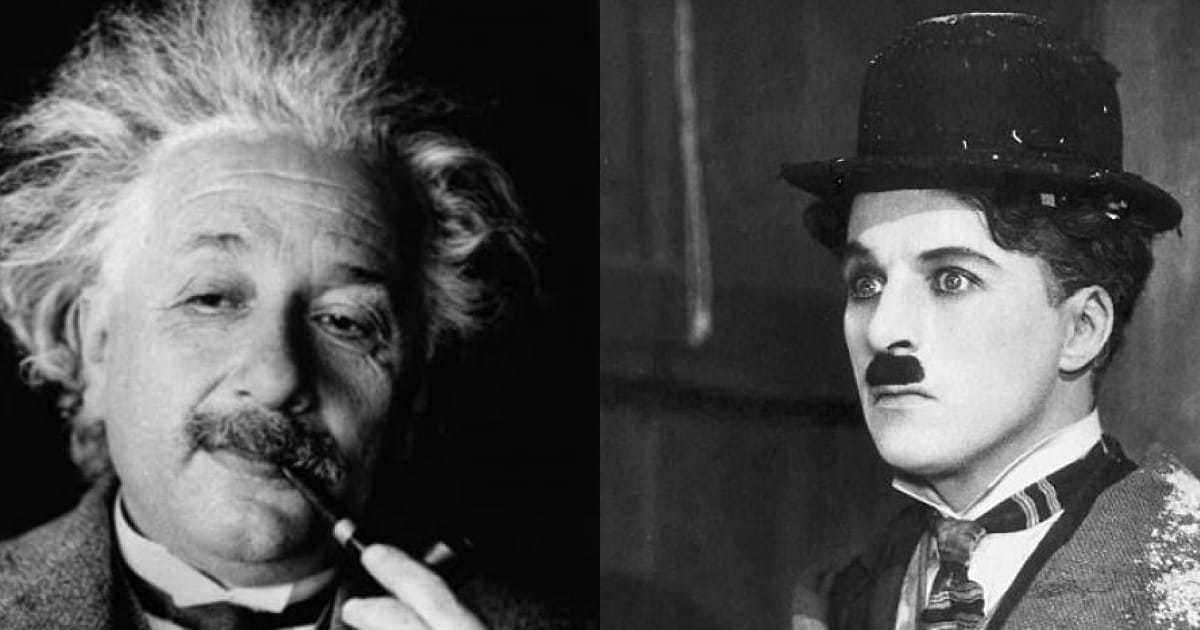Over the decades, the FBI has worked tirelessly to keep America safe from subversive influences. To achieve this, it keeps close track of individuals it suspects could be a threat to national security, building up comprehensive files on them. However, it’s not just criminals and politicians who have been the objects of FBI scrutiny over the years. Celebrities, scientists and cultural figures have also been investigated by the G-Men, including some of the most notable individuals in modern American history.
In some instances, these historical figures were suspected of being Communist spies. Others were viewed as potential Nazi secret agents. At the same time, some major figures were viewed with suspicion due to their views on Civil Rights or American foreign policy and war. Quite simply, if the Agency had reason to believe a famous figure wasn’t a ‘true American’, they would start a file on them.
Thankfully for the history fan, most of these files have now been released by the FBI, even if it might have taken some time and effort to get them to open up their archives. So, here are just 11 famous figures from history who had an FBI file on them, justified or not:

Charlie Chaplin
To his adoring fans, Charlie Chaplin was a lovable clown. His silent films, most of them released in the 1920s, were enjoyed by millions and made him not just a household name and major celebrity, but a very rich man and one of the most powerful figures in all of Hollywood. But could ‘The Tramp’ have had a more sinister, anti-American side? The FBI certainly thought so, which is why they hounded him mercilessly and eventually succeeded in banning him from the country that had made him a star.
In all, the FBI amassed 2,000 pages of notes on Chaplin. Ever since he first emerged as a bona-fide Hollywood superstar, the Agency’s Director J. Edgar Hoover had suspected that Chaplin harboured Communist sympathies. The file noted that, even after living in the US for more than 30 years, the actor had declined to take American citizenship, plus it detailed his friendships and working relationships with several other left-leaning individuals. Most damningly, Chaplin had spoken at the Los Angeles branch of the National Council of American Soviet Friendship in the early 1940s. Here, he stated that: “There is a great deal of good in communism. We can use the good and segregate the bad.”
As the years passed, the FBI had even more to put in their ever-expanding Charlie Chaplin File. In 1942, Agency agents named Chaplin in four indictments related to a paternity case brought against him. While the star was acquitted on all counts, it was a PR disaster, with the FBI succeeding in turning public opinion against him. When Chaplin finally got back to work in 1942, he was met with widespread criticism, not least due to his open support for the Soviet Union – at that point America’s ally against the Nazis. He continuously stressed that he was not a Communist, but to no avail.
The FBI even asked Britain’s MI5 for evidence they could use against Chaplin. Perhaps he had been meeting with Soviet agents in London? Again, they found nothing. However, there was enough innuendo and suspicion surrounding Chaplin to ensure that, when he was travelling in 1953, the FBI could succeed in getting an order banning him from entering back into the United States. Chaplin could have challenged the order. Instead, he chose not to and to live in Switzerland instead, away from the media glare and political accusations. “I have been the object of lies and propaganda,” he declared. Chaplin lived in a mansion overlooking Lake Geneva until he died in his sleep on Christmas Day in 1977.

